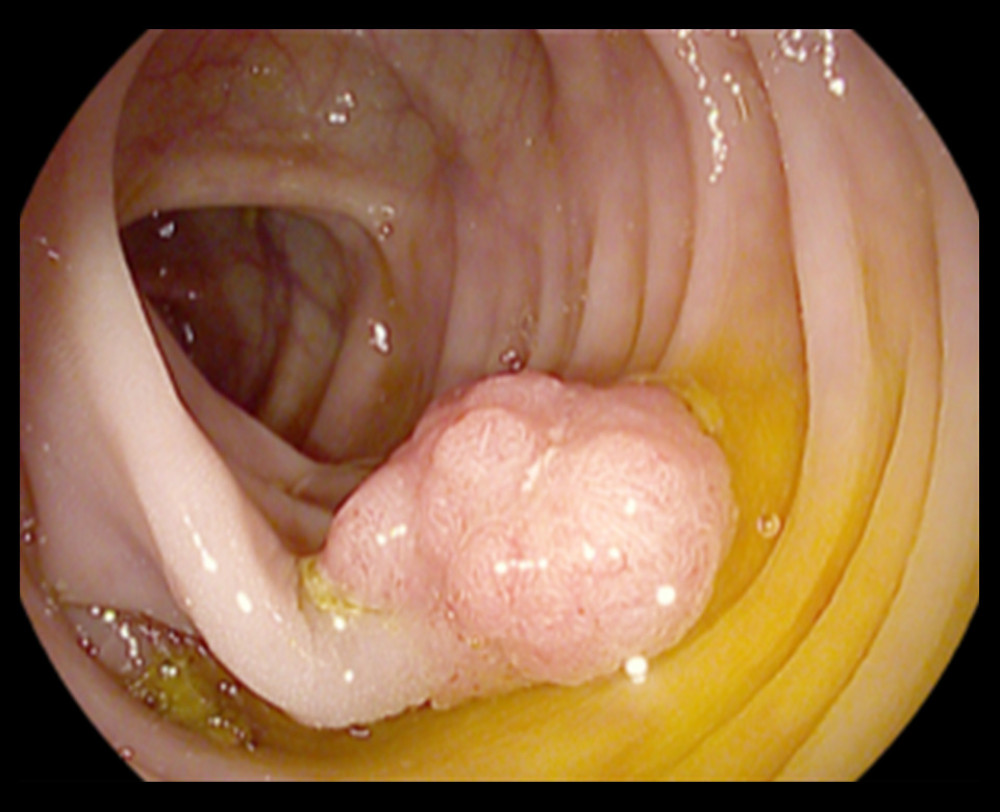Bacteroides species, predominantly anaerobic gram-negative bacteria, are notable for their role in various infections, including joint infections. Bacteroides joint infection, though less common than other bacterial causes of septic arthritis, poses significant diagnostic and therapeutic challenges due to its often insidious onset and the bacteria’s intrinsic resistance to multiple antibiotics. This article provides a detailed examination of the etiology, clinical presentation, diagnostic methods, and treatment strategies for bacteroides joint infections.

Understanding Bacteroides Species
Bacteroides are commensal bacteria predominantly found in the gastrointestinal tract, where they play essential roles in digestion and immune modulation. However, they can become pathogenic when they translocate to sterile body sites.
Common Pathogenic Species:
- Bacteroides fragilis: The most clinically significant species associated with infections.
- Bacteroides thetaiotaomicron: Occasionally implicated in mixed infections.
- Bacteroides vulgatus: Less frequently associated but clinically relevant.
Pathogenesis of Joint Infection
Bacteroides joint infections typically result from hematogenous spread, direct inoculation during trauma or surgery, or contiguous extension from adjacent infections. Risk factors include immunosuppression, recent joint surgery, or pre-existing joint diseases such as rheumatoid arthritis.
Mechanisms of Infection
- Adhesion and Colonization: Bacteroides produce surface molecules facilitating adherence to synovial tissues.
- Biofilm Formation: Protective biofilms shield bacteria from host immune responses and antibiotics.
- Toxin Production: Bacteroides fragilis secretes enterotoxins that exacerbate tissue damage.
Clinical Presentation
The clinical manifestations of bacteroides joint infections can be nonspecific, often mimicking other forms of septic arthritis. Key symptoms include:
- Acute or subacute joint pain and swelling
- Erythema and warmth over the affected joint
- Decreased range of motion
- Fever and systemic signs of infection (in severe cases)
Commonly involved joints include the knees, hips, and shoulders, although any joint can be affected.
Diagnostic Approach
Accurate diagnosis of bacteroides joint infection is crucial for effective treatment. A combination of clinical evaluation, imaging, and microbiological techniques is essential.
1. Laboratory Tests
- Synovial Fluid Analysis: Elevated white blood cell (WBC) count (>50,000 cells/µL), predominantly neutrophils.
- Gram Stain and Culture: Direct identification of Bacteroides; however, culture requires anaerobic conditions.
- Polymerase Chain Reaction (PCR): Highly sensitive for detecting Bacteroides DNA.
2. Imaging
- X-ray: May reveal joint effusion or adjacent osteomyelitis.
- MRI: Provides detailed visualization of soft tissue involvement and abscess formation.
- Ultrasound: Useful for detecting joint effusion in accessible joints.
Treatment Strategies
Management of bacteroides joint infections necessitates a multidisciplinary approach combining antimicrobial therapy and surgical intervention.
1. Antimicrobial Therapy
First-Line Antibiotics:
- Metronidazole: Highly effective against Bacteroides species.
- Carbapenems (e.g., imipenem): Broad-spectrum coverage, including anaerobes.
- Beta-Lactam/Beta-Lactamase Inhibitors (e.g., piperacillin-tazobactam): Effective against mixed infections.
Duration: A minimum of 4-6 weeks of intravenous therapy, followed by oral antibiotics based on clinical improvement and microbiological guidance.
2. Surgical Management
- Joint Aspiration: Essential for decompressing the joint and obtaining samples for analysis.
- Arthroscopic Debridement: Removes infected synovial tissue and purulent material.
- Open Surgery: Reserved for severe or refractory cases.
Prevention and Prognosis
Prevention
- Aseptic Techniques: Critical during joint surgeries to prevent contamination.
- Prophylactic Antibiotics: Administered perioperatively in high-risk patients.
- Early Treatment of Adjacent Infections: Prevents contiguous spread to joints.
Prognosis
With prompt diagnosis and appropriate treatment, the prognosis for bacteroides joint infections is generally favorable. However, delayed therapy can lead to chronic joint dysfunction or systemic complications.